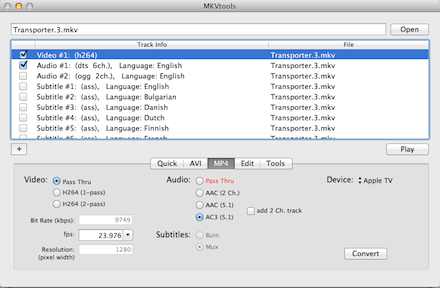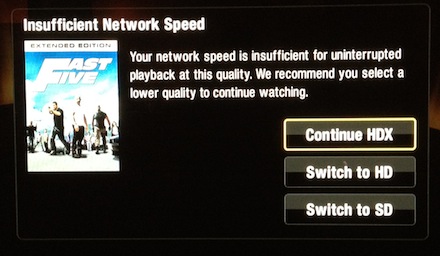So I ran across this article on AmandTech by Ganesh T S that was one of the best I’ve seen in regards to a technical explanation of the DRM used on Blu-ray — especially around the new Cinavia audio watermark. But it’s also a perfect example of a highly technical geek writing an article without understanding the business driving the technology. He speaks of the “Blu-ray industry” which just doesn’t exist. Blu-ray is part of the Home Media business, which also includes Vudu, Netflix and every other video on demand service. The players in the Home Media industry couldn’t care less about any one particular part of their business, instead worrying about the bottom line. There goal is to get consumers to spend more money this year then they did last year on enjoying content at home, and at the same time drive costs down in order to generate more profit. It’s no different from most’s personal goals, which is to get a raise every year. How long would you stay at a job that decreased your salary year after year?
The total revenue number in Home Media has been going down year over year as long as I’ve been watching it (according to the Digital Entertainment Group), and Blu-ray was just one of many attempts to stop the bleeding (down 2% in 2011 compared to 2010). The reality is the total spending on digital in 2011 was about a third of that spent on buying discs. The bottom line is that Hollywood doesn’t care if you prefer Blu-ray or anything else, just so long as you spend more money (which means it prefers you buy a movie for $20 vs. rent one for $1) watching movies at home.


